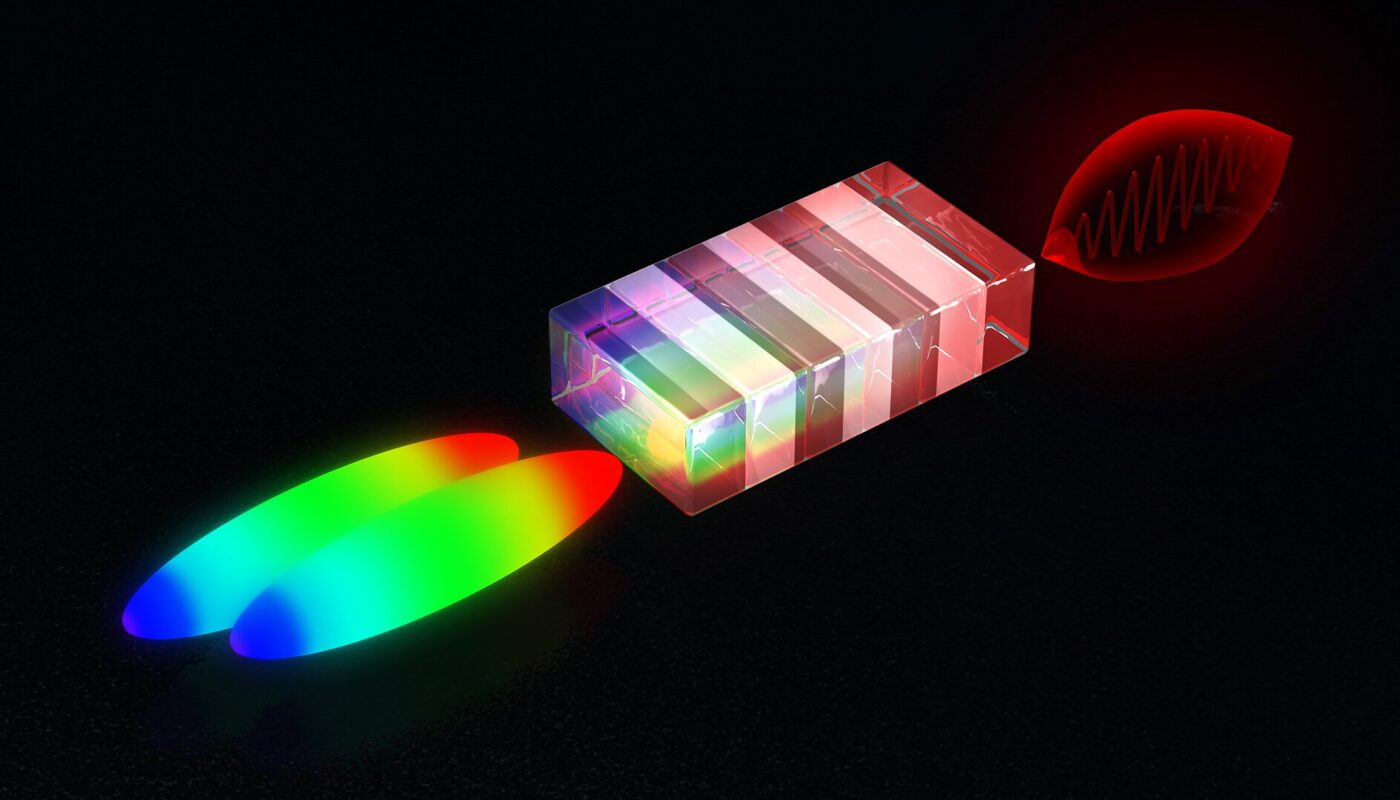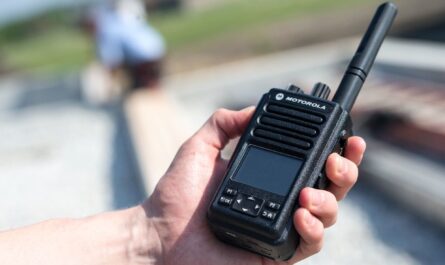Terahertz radiation, occupying the frequency range between microwave and infrared light on the electromagnetic spectrum, has opened up new possibilities for imaging and spectroscopy. With wavelengths between one millimeter and one micrometer, terahertz waves possess unique properties that allow them to penetrate materials like plastics, paper, clothing and wood while still being absorbed by or reflected off of other substances like water, metals and chemicals. Researchers and companies are developing terahertz technologies that could transform security scanning, medical imaging, quality control, and more.
What is Terahertz Radiation?
Terahertz radiation falls in the region of the electromagnetic spectrum between the microwave and infrared frequencies. More specifically, terahertz frequencies range from 0.1 to 10 terahertz, which corresponds to wavelengths between 1 mm and 100 μm. For many years, this portion of the electromagnetic spectrum was often called the “terahertz gap” because there were few effective sources or detectors available in that frequency range. Major advances in laser and electronics technologies over the past couple decades have enabled the development of terahertz sources, detectors and systems for spectroscopy and imaging applications.
Terahertz radiation shares properties with both microwaves and infrared light. Like microwaves, terahertz waves can penetrate non-polar materials but unlike longer radio waves, terahertz radiation is easily absorbed by water and many organic chemicals. Similar to infrared light, terahertz frequencies can be used to identify molecular fingerprints through spectroscopic techniques. However, terahertz waves have lower photon energies than mid-infrared photons, allowing them to penetrate deeper into materials. These unique transmission properties open up promising new applications in imaging, quality control, security screening and medical technology.
Terahertz Imaging and Spectroscopy Systems
Terahertz time-domain spectroscopy (THz-TDS) is the primary technique used for terahertz imaging and chemical sensing. THz-TDS systems use ultrafast laser pulses and antennas to generate and detect single-cycle terahertz pulses. By measuring both the amplitude and phase of the terahertz electric field, high-resolution spectroscopic signatures of samples can be obtained. Researchers are developing table-top THz-TDS systems as well as more compact systems using semiconductor photoconductive antennas for industrial and medical use.
Terahertz pulsed imaging (TPI) systems make use of THz-TDS technology to raster scan samples and produce two or three-dimensional maps of materials. Differences in how terahertz photons interact with various materials provide excellent contrast to image features hidden inside plastic packaging, paper envelopes or under a person’s clothing. Security officers are testing TPI machines to help detect concealed threats at airports and government facilities without the health risks of ionizing X-rays. Doctors are exploring the use of terahertz endoscopy for biological tissue inspections.
Continuous-wave terahertz imaging systems are also being commercialized using techniques like terahertz time-domain spectroscopy. These systems incorporate terahertz cameras that capture real-time video instead of point-by-point scanning. CW terahertz cameras have potential applications for industrial quality control, medical dermatology imaging and non-destructive evaluation of aircraft composites or historical artworks. Researchers are also investigating computational terahertz tomography techniques to enable three-dimensional terahertz imaging over larger fields of view.
Applications of Terahertz Technologies
Security Screening
Terahertz radiation can detect materials like explosives, plastics and liquids hidden under clothing with high sensitivity and specificity. Pilot projects have demonstrated that terahertz scanners could significantly improve aviation security checks compared to traditional metal detectors. Since terahertz waves are non-ionizing, they avoid health risks associated with X-rays. Researchers envision a future where high throughput terahertz imagers quickly scan passengers and baggage at airports, train stations and border crossings to detect concealed threats.
Medical Imaging
The unique optical properties of Terahertz Technologies waves make them well-suited for biomedical applications like cancer detection, dental imaging and skin pathology analysis. Terahertz pulses can distinguish between cancerous and healthy tissues based on their water contents and densities. Terahertz imaging is non-invasive, avoids ionizing radiation and supports portable, cost-effective imaging devices. Dermatologists are testing terahertz cameras to help diagnose skin conditions and lesions with higher resolution than ultrasound or MRI. Researchers are also exploring terahertz endoscopy for internal tissue inspections.
Manufacturing Quality Control
Terahertz spectroscopy provides a non-contact method to monitor product parameters and properties with high sensitivity. The technique is now being used to check pharmaceutical tablet coatings, detect foreign materials or defects in composite materials, and evaluate the moisture content of food and agricultural products on production lines. Terahertz cameras can rapidly scan packages, pills and other goods for quality assurance. Continued technological progress aims to develop terahertz tools for 100% inspection in manufacturing facilities and distribution centers.
Cultural Heritage Studies
Conservators are exploiting the ability of terahertz waves to penetrate artistic paintings, manuscripts, and archaeological specimens without damaging fragile historical works. Terahertz imaging non-destructively reveals under-drawings, overwritten text, and the layered composition of artworks in ways that traditional infrared and X-ray methods cannot. Terahertz techniques help preserve cultural heritage by providing new insights into artwork fabrication and detecting concealed damage or forgeries. There is great potential to digitally archive historical collections using terahertz technology.
Rapidly emerging terahertz technologies harness the unique transmission properties of this portion of the electromagnetic spectrum between the microwave and infrared domains. Systems for terahertz imaging, spectroscopy and sensing are finding numerous applications across security screening, medical diagnostics, non-destructive testing, quality control, and cultural heritage investigations. With innovative research translating terahertz science into industrial and commercial tools, this nascent field promises to enable new capabilities and transform existing fields in the coming years. Continued progress in terahertz sources, detectors and system integration aims to fully realize the promise of this underutilized portion of the spectrum.
*Note:
1. Source: Coherent Market Insights, Public sources, Desk research
2. We have leveraged AI tools to mine information and compile it




